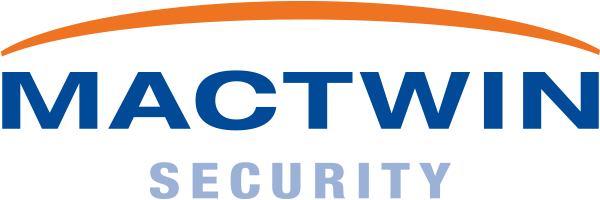Intelligent cameras can provide a wealth of valuable information. When combined with data from other systems, they can offer valuable insights that optimize business processes. In this article, we discuss five successful applications of smart cameras.
When Video Content Analysis (VCA), Intelligent Video Analysis (IVA), or simply ‘a smart camera’ was introduced more than 10 years ago, we believed it would render many security systems obsolete. By now, we are all familiar with the enthusiastic sales pitches and demo videos, but we also know that the expectations and reality – especially in the beginning – differed considerably. Nevertheless, the number of applications for smart cameras has increased enormously.
Today, many IP security cameras are standardly prepared for or even equipped with VCA. Furthermore, the performance of intelligent cameras has significantly improved, partly because processors have become faster. In many cases, the analysis is already performed within the camera, eliminating the need for separate heavy servers to centrally analyze the footage. Thanks to these developments, intelligent cameras are now widely and successfully applied. Below are five successful examples.
1. People counting at stores or service points
Various separate, expensive systems are available for accurately counting people. However, did you know that you can also use your existing security cameras for this purpose? In retail stores or at specific service points, cameras are already regularly employed to conduct counts. The existing camera system can identify the busiest and quietest times of the day, allowing for adjustments to store staffing or security, for example. If an individual is observed standing near a display for longer than a specified period, an alert can be sent to staff. The camera system also provides insight into people’s locations within a space throughout the day. This can be achieved through heat mapping or by configuring specific detection zones within the camera, such as the area in front of the information desk. The intelligent system offers comprehensive, customizable trend reports. This application not only enhances the efficiency of store staffing and security but also contributes to improved customer satisfaction by proactively optimizing staff deployment.
2. Queue detection at ATMs or cash registers
Waiting times at ATMs or checkouts are undesirable and generally reduce customer satisfaction. Banks and retail businesses require management information to optimize processes as needed. A smart camera system can not only count the number of people in a queue but also register how long each person has been waiting or when someone leaves the queue. If individuals wait longer than 2 minutes or if the queue exceeds a certain number of people, the system can send an alert. In combination with data from the ATM or checkout itself, processes can be improved as needed. These insights enable companies to align staff planning and customer flows more accurately, leading to shorter waiting times and higher customer satisfaction.
3. Forensic Analysis
VCA software also enables rapid analysis of camera footage after an incident. This allows for selection based on specific characteristics, such as color in a particular area. For instance, if there is a description of a perpetrator wearing a red jacket, only events within a specific period that match this characteristic (red color in a particular area) are quickly displayed. It is important to note that such analyses are not performed within the cameras themselves but centrally by a dedicated server.
4. Outdoor security without human intervention
To optimally secure your building, it is crucial that an attempted intrusion is detected as early as possible, ideally already outside. Surveillance cameras equipped with intelligent software automatically detect when someone enters a specific area and can automatically generate actions, ranging from an alert to a specific countermeasure against the intruder. This eliminates the need for human intervention, for example, via a control room. While VCA software can detect weather conditions such as snow, in certain cases, additional technology, such as thermal cameras, is required for optimal security.
5. Wander detection in healthcare
In long-term care, there is an increasing need for technical aids that improve the care process. Security cameras monitor when a resident wanders or is no longer in bed. Cameras can also provide remote care during times when caregivers are scarce. The concept of a system continuously monitoring without nocturnal disturbance from a caregiver making rounds provides many elderly individuals with a sense of comfort. Although there is some degree of privacy intrusion, this is often compensated by the sense of security the system offers. For this to be effective, the system must, of course, be well-secured against external intrusion.
6. Aggression Prevention
In the healthcare sector, there has been an increase in aggression towards staff in recent years. This is partly caused by increased workload and waiting times, which often lead to patient frustration. The COVID-19 pandemic has further exacerbated this pressure, making the situation even more complex. In response, bodycams are increasingly being deployed. The visible wearing of these cameras and informing in advance that recordings are being made can often help prevent aggressive behavior. Intelligent bodycams provide staff with a digital safety net and automatic evidence recording.
Conditions for success
The implementation of intelligent cameras remains a task for specialists. To optimally utilize a system with smart cameras, it is crucial that it operates reliably and accurately. Therefore, the system must be meticulously configured by specialists, taking into account numerous factors. Mactwin advises conducting a Proof of Concept beforehand, ensuring that even initially unforeseen circumstances are addressed in the final setup. A carefully configured system not only enhances security but can also yield operational efficiency and cost savings.
Beyond security applications, intelligent cameras can provide a wealth of useful information. In many cases, you do not even need to acquire a separate system for this; you can leverage your existing camera system! By combining camera information with data from other systems, you can optimize both your security and your business processes.
